Subtotal: $56.99
Cells and Viruses Big Unit Bundle
Save hours of time with my ready to use resources for your cells unit! You’ll get interactive Google Slides activities, fun Doodle Notes and a self-grading quiz for every lesson. Your students will love the bright graphics and fun tasks.
Also included in
Description
Low prep resources to bring your cells unit to life!
Your students will LOVE these interactive Google Slides – they are packed with fun activities and are bright and engaging. Tasks include drag and drop to build a cell, comparison tables, summary crossword puzzle, Emma the Teachie videos, and more! The slides are custom illustrated so that the concepts shown are at a suitable level. And you can choose how to assign the slides – as individual lessons, or you can use the whole unit digital interactive notebook.
Once students have completed the Google Slides, the Doodle Notes are a perfect review. These come in multiple versions, so you can easily differentiate for your students and grade levels. And to prep, all you need to do is print a class set of the notes.
Every lesson comes with a Google Forms Quiz to check student progress – these are self-grading, so there is no extra work for you.
My Cells and Viruses Big Unit Bundle includes:
- Student Google Slides Activities: engaging and interactive activities for every lesson – these are provided as both individual lessons (for teachers who wish to assign lessons one-by-one) or as a whole digital interactive notebook (for teachers who wish to assign the whole unit in one notebook) – choose the format that works best for you and your students
- Answer Slides: animated for going through with the whole class, or you can set them on Google Classroom for students to check and correct their own work
- Google Forms Quizzes: 7 self-grading quizzes to let you easily check student progress. Questions are supported by images where suitable
- Doodle Notes: in multiple versions for easy differentiation:
-
Open response versions – to challenge your students
-
Scaffolded fill-in-the-blank versions – to support your students
-
Black and white versions – perfect for coloring in
-
Colored versions – assign digitally with a PDF mark-up tool, e.g. Kami
- Plus, there is a completed example to model the notes for students, and to let them check their answers
-
- Teacher Guidance: how to assign and use these resources in your classroom
Content covered:
- Cell Theory: The components and history of cell theory – including these scientists: Janssen, Hooke, Van Leeuwenhoek, Schleiden, Schwann, and Virchow
- Levels of Organization: the levels of organization in living things – cell, tissue, organ, organ system, organism. Examples of these in an animal and a plant. The difference between unicellular and multicellular organisms
- Eukaryotic and Prokaryotic Cells: eukaryotic cells – animal & plant cells, their organelles, and a comparison of them. Prokaryotic cells – bacterial cells, their organelles, and a comparison of eukaryotic and prokaryotic cells
- Specialized Cells: sperm cells, neuron/nerve cells, muscle cells, root hair cells, phloem cells, and xylem cells
- Cell Organelles: nucleus, cell membrane, cytoplasm, mitochondrion, chloroplast, vacuole, rough ER, smooth ER, golgi apparatus / body, lysosome, peroxisome, ribosome, centrioles and cell wall
- Viruses: the size of viruses compared to cells, basic structure of viruses, why viruses are considered non-living, bacteriophages, the lytic and lysogenic reproductive cycles of virsues, and a comparison of viruses to cells
- HIV and AIDS: methods of transmission, what HIV does in the body, symptoms, stages of infection and progression to AIDS, how it can be prevented, and how it is treated
How do I use this bundle of resources?
- After checkout, you can immediately download your resources
- You’ll click the links in the PDFs to make copies of the Google Slides and Quizzes for your own Google Drive
- Simply assign these to your students on Google Classroom
- You’ll open the Doodle Notes ZIP files to see all of the versions of the Doodle Notes
- Pick which versions you want students to complete and print one set for each student
And that’s it – your lessons are prepped!
Please note: These resources are digital downloads – no physical products will be shipped. To assign the Google Slides and Quiz, you need a Google Classroom. Your students need their own device and an internet connection. Most clipart and questions are secured and cannot be edited. The answers can be edited. There are some links to YouTube – please check YouTube is not restricted by your school. My Doodle Notes are secure PDF files and are not editable. Doodle Notes is a trademarked term used with permission. Please visit doodlenotes.org for more info.
Work-life balance – what is that again? Let me help you with my ready to use biology resources and enjoy having a life outside of school.


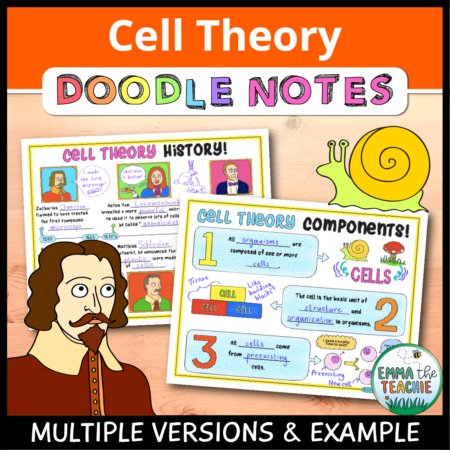
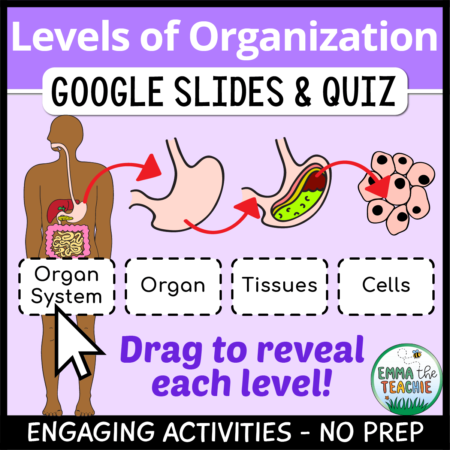
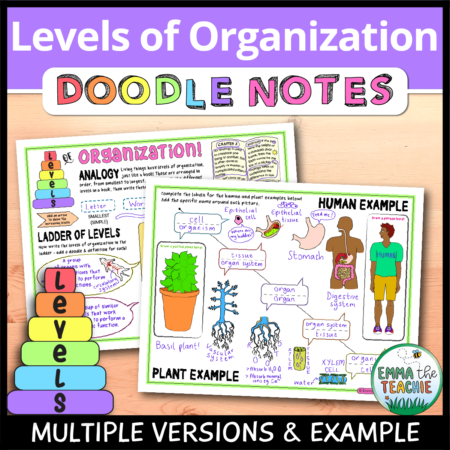


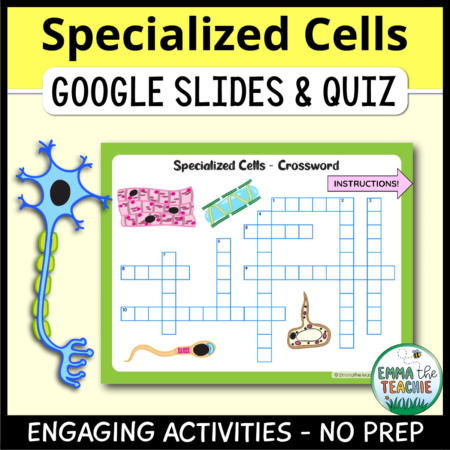
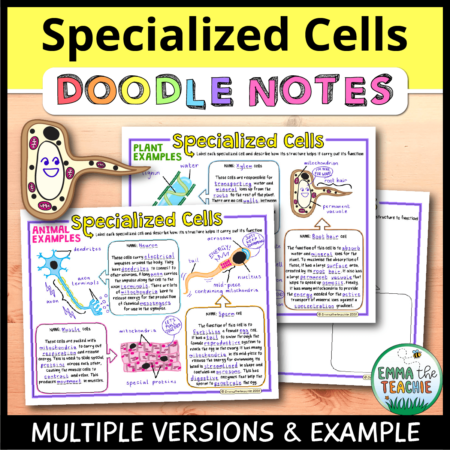

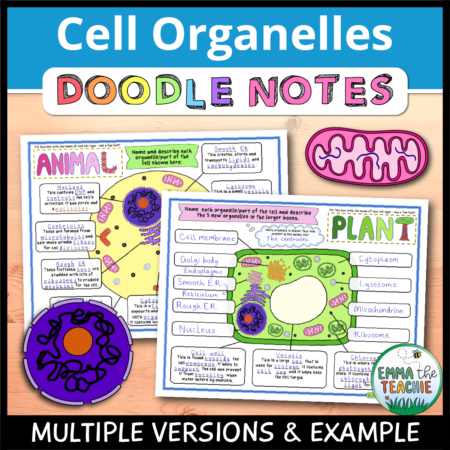
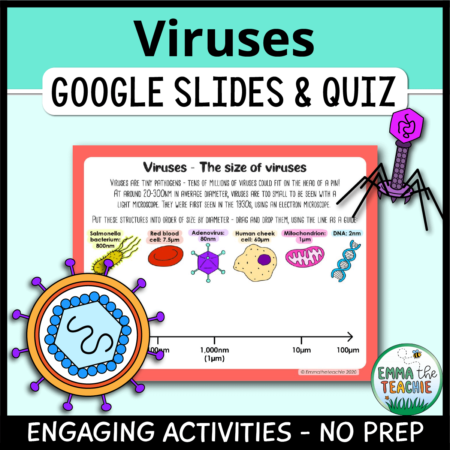
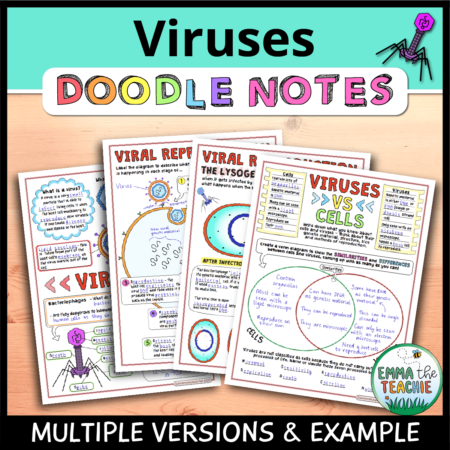
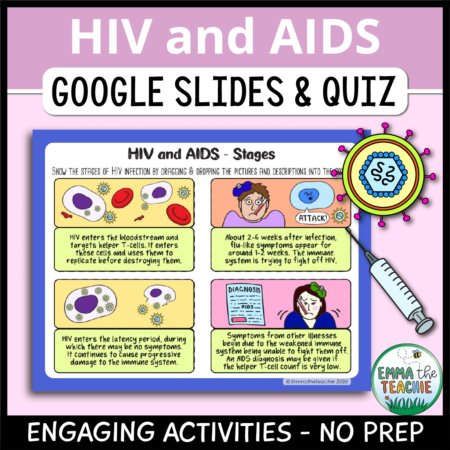
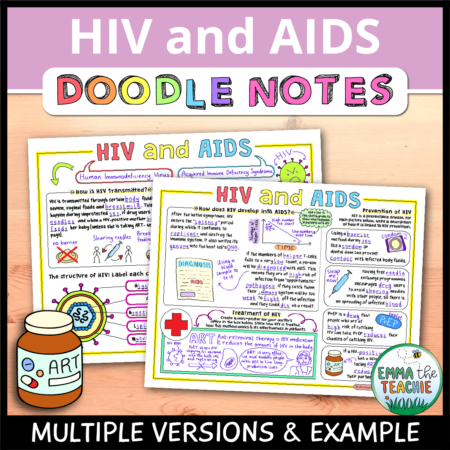






Leave a Reply
You must be logged in to post a comment.